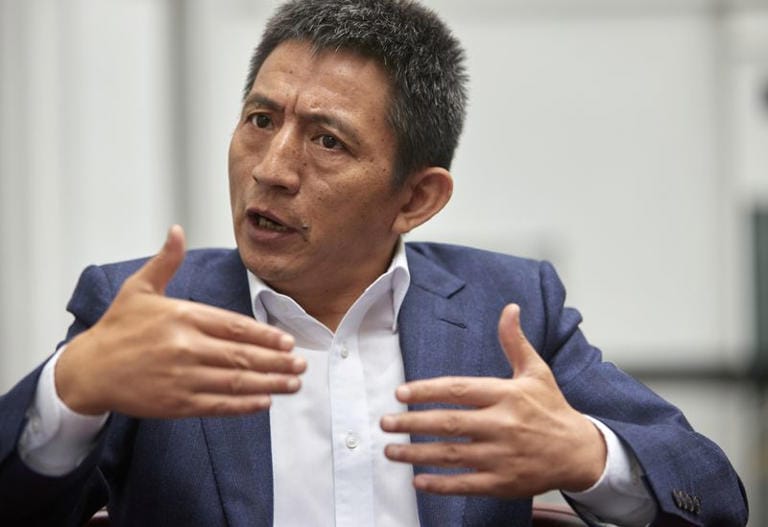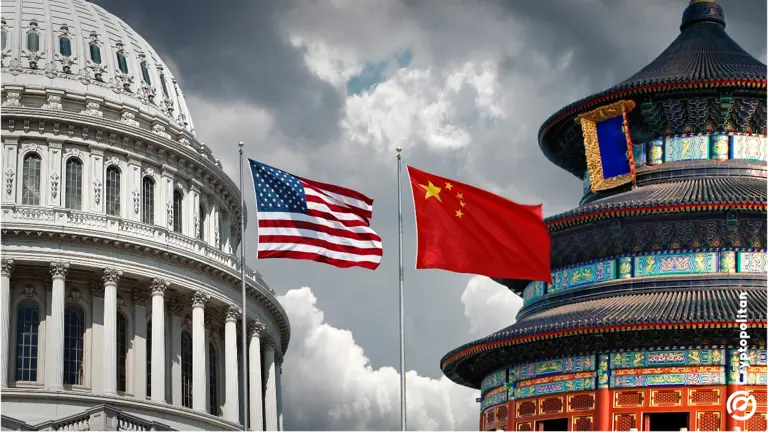The Crumbling Pillars of the US Dollar: A Global Reset in Motion
In a series of bold and unsettling predictions, geopolitical and geo-economic expert Dr. Ankit Shah has warned that the US dollar may be heading toward an unprecedented collapse. According to him, this is not merely speculation—it’s a shift rooted in deep structural imbalances within the global economic system, driven by years of unsustainable practices and manufactured dominance.





